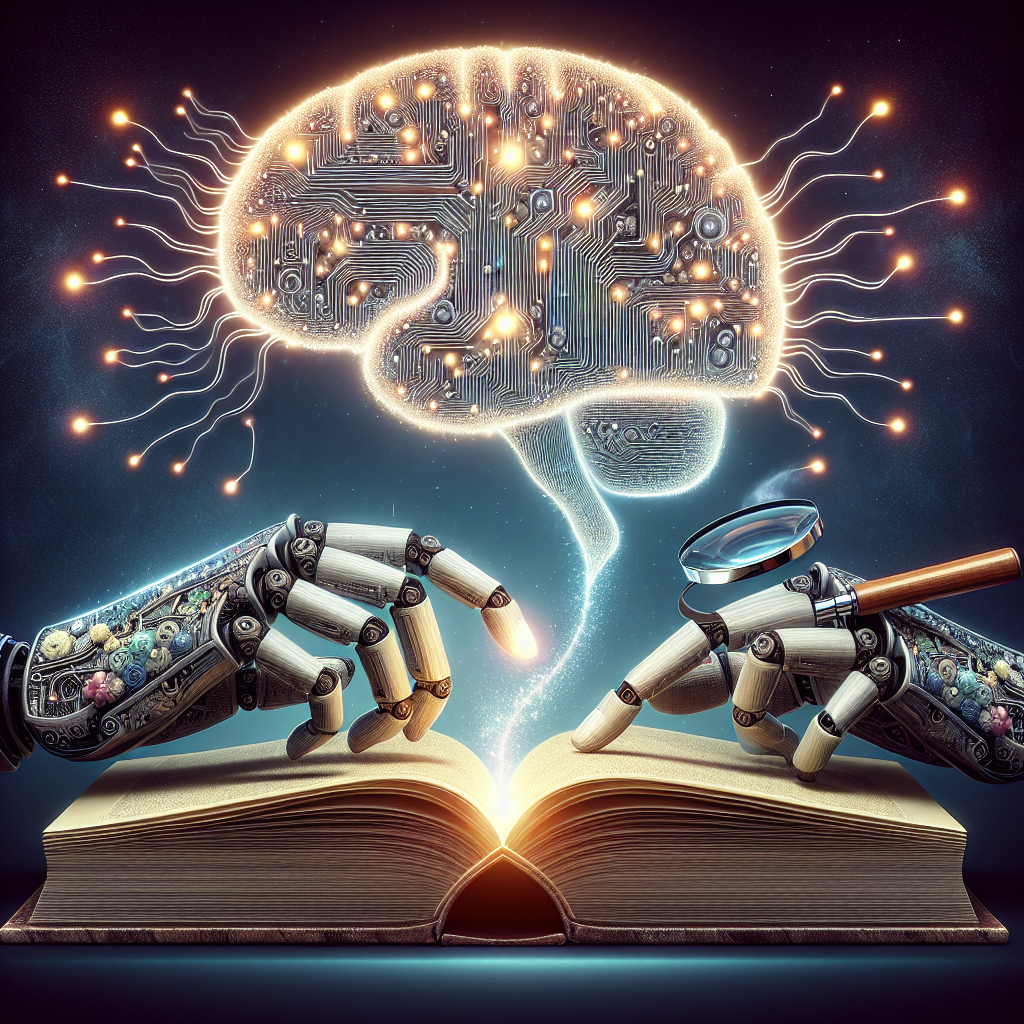Unveiling the Mysteries of AGI: How Researchers Are Pushing the Boundaries of Artificial Intelligence
In recent years, the field of artificial intelligence (AI) has seen tremendous advancements, with researchers pushing the boundaries of what is possible with increasingly sophisticated algorithms and technologies. One of the most intriguing areas of AI research is the quest to create artificial general intelligence (AGI) – a form of AI that can perform any intellectual task that a human can.
AGI has long been a goal of AI researchers, and while we are still far from achieving true AGI, there have been significant strides made in recent years. In this article, we will explore the mysteries of AGI, the challenges researchers face in achieving this goal, and the cutting-edge technologies being developed to push the boundaries of artificial intelligence.
Understanding AGI
Artificial general intelligence, often referred to as “strong AI” or “full AI,” is the concept of a machine that possesses the ability to learn, understand, and apply knowledge in a way that is indistinguishable from human intelligence. Unlike narrow AI, which is designed to perform specific tasks or solve particular problems, AGI is intended to have a broad range of intellectual abilities and the capacity to adapt to new situations and tasks.
The idea of AGI has been a staple of science fiction for decades, with countless books, movies, and television shows depicting advanced AI systems that rival or surpass human intelligence. While these portrayals may be exaggerated, the potential implications of AGI are profound, with the ability to revolutionize industries, solve complex problems, and even reshape society as we know it.
Challenges in Achieving AGI
Despite the excitement surrounding AGI, researchers face numerous challenges in achieving this ambitious goal. One of the primary obstacles is the sheer complexity of human intelligence, which encompasses a wide range of cognitive abilities, emotions, and social interactions. Replicating these capabilities in a machine is no small feat, requiring a deep understanding of neuroscience, psychology, and cognitive science.
Another challenge is the lack of a unified theory of intelligence, making it difficult to define and measure the concept of AGI. While AI systems have made significant progress in specific tasks such as image recognition, language processing, and game playing, achieving a truly general intelligence that can rival or surpass human capabilities remains elusive.
Additionally, ethical considerations play a crucial role in the development of AGI. As AI systems become more advanced and autonomous, questions of accountability, transparency, and bias must be addressed to ensure that AGI is developed and used responsibly.
Cutting-Edge Technologies in AGI Research
Despite these challenges, researchers are making significant progress in the field of AGI, with a wide range of cutting-edge technologies being developed to push the boundaries of artificial intelligence. One of the most promising approaches is deep learning, a subset of machine learning that uses artificial neural networks to mimic the way the human brain processes information.
Deep learning has revolutionized AI research in recent years, enabling breakthroughs in areas such as image and speech recognition, natural language processing, and autonomous driving. By training neural networks on massive amounts of data, researchers are able to create AI systems that can learn complex patterns and make predictions with remarkable accuracy.
Another key technology in AGI research is reinforcement learning, a form of machine learning that uses trial and error to learn optimal behavior in dynamic environments. By rewarding the AI system for making correct decisions and penalizing it for making mistakes, researchers can train agents to solve complex problems and adapt to new situations.
In addition to deep learning and reinforcement learning, researchers are exploring a variety of other techniques to advance AGI research, including evolutionary algorithms, symbolic reasoning, and hybrid approaches that combine multiple AI methods. By combining these diverse technologies, researchers hope to create AI systems that can learn, reason, and interact with the world in a way that is truly human-like.
FAQs
Q: When will AGI be achieved?
A: While it is difficult to predict an exact timeline for achieving AGI, many experts believe that significant progress will be made in the next few decades. However, achieving true AGI – a machine that can rival or surpass human intelligence in all aspects – may still be a long way off.
Q: What are the potential risks of AGI?
A: As with any powerful technology, AGI comes with potential risks and ethical considerations. These include concerns about job displacement, privacy violations, bias in AI systems, and the potential for misuse or unintended consequences. It is essential for researchers, policymakers, and the public to address these issues proactively to ensure that AGI is developed and used responsibly.
Q: How can I get involved in AGI research?
A: If you are interested in AGI research, there are many ways to get involved, from pursuing a degree in computer science, artificial intelligence, or cognitive science to participating in research projects or competitions. Online courses, workshops, and conferences are also excellent resources for learning more about AGI and connecting with experts in the field.
In conclusion, the quest for artificial general intelligence represents one of the most exciting and challenging frontiers in artificial intelligence research. While achieving true AGI remains a distant goal, researchers are making significant progress in developing cutting-edge technologies and pushing the boundaries of what is possible with AI. By addressing the challenges and ethical considerations of AGI, we can unlock the full potential of artificial intelligence and shape a future where machines and humans can collaborate and thrive together.

